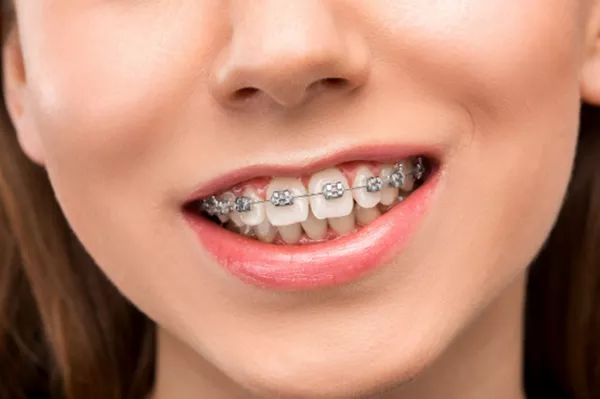Dental implants are a popular and effective solution for replacing missing teeth. They are designed to be a long-term, permanent solution for individuals who have lost teeth due to injury, decay, or other dental issues. However, many people wonder how many dental implants can be placed at once. In this article, we will explore this question and provide some insight into what to expect during the dental implant process.
The number of dental implants that can be placed at once depends on several factors, including the patient’s oral health, the number of missing teeth, and the location of the missing teeth.
In general, it is possible to place multiple dental implants in one visit, but this will depend on the patient’s individual needs and circumstances.
If a patient has multiple missing teeth in a row, it may be possible to place multiple dental implants at once.
For example, if a patient is missing three teeth in a row, they may be able to receive three dental implants in one visit. This can help reduce the overall treatment time and improve the patient’s ability to chew, speak, and smile with confidence.
However, if the patient has significant oral health issues, such as periodontal disease, it may be necessary to treat these issues before placing dental implants.
Additionally, if the patient has limited jawbone density or volume, it may be necessary to perform bone grafting procedures before placing dental implants.
The dental implant process typically involves several steps, including a consultation, dental implant placement, and restoration. During the consultation, the dentist will evaluate the patient’s oral health and determine the best course of treatment. If dental implants are recommended, the dentist will schedule a procedure to place the implants.
During the implant placement procedure, the dentist will insert small, titanium posts into the jawbone to replace the roots of the missing teeth. The implants will then be left to heal and fuse with the jawbone over a period of several months. Once the implants have fully integrated with the jawbone, the dentist will attach a dental crown, bridge, or denture to the implants to complete the restoration.
In conclusion, it is possible to receive multiple dental implants in one visit, but this will depend on the patient’s individual needs and circumstances. If you are considering dental implants, speak with your dentist to determine the best course of treatment for your unique situation. With proper care and maintenance, dental implants can provide a long-lasting and effective solution for replacing missing teeth.
































